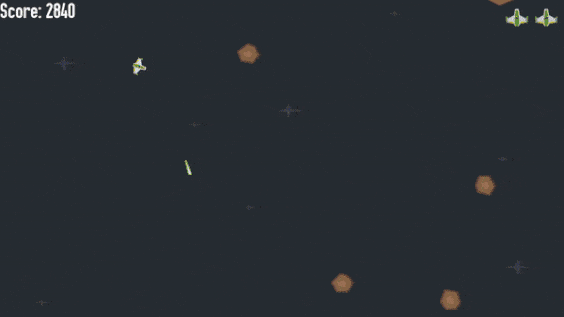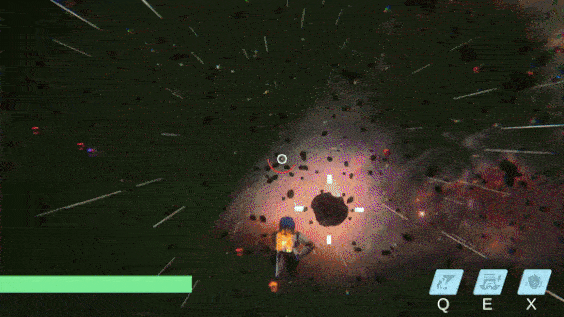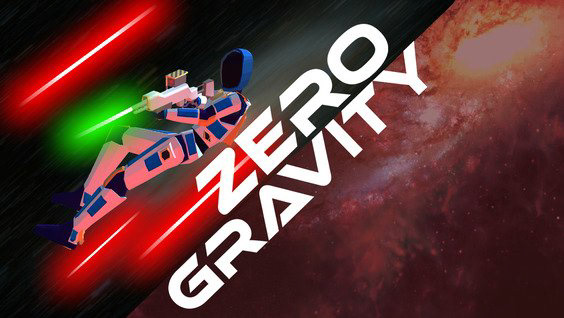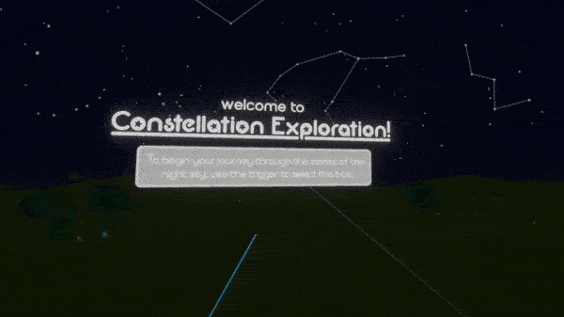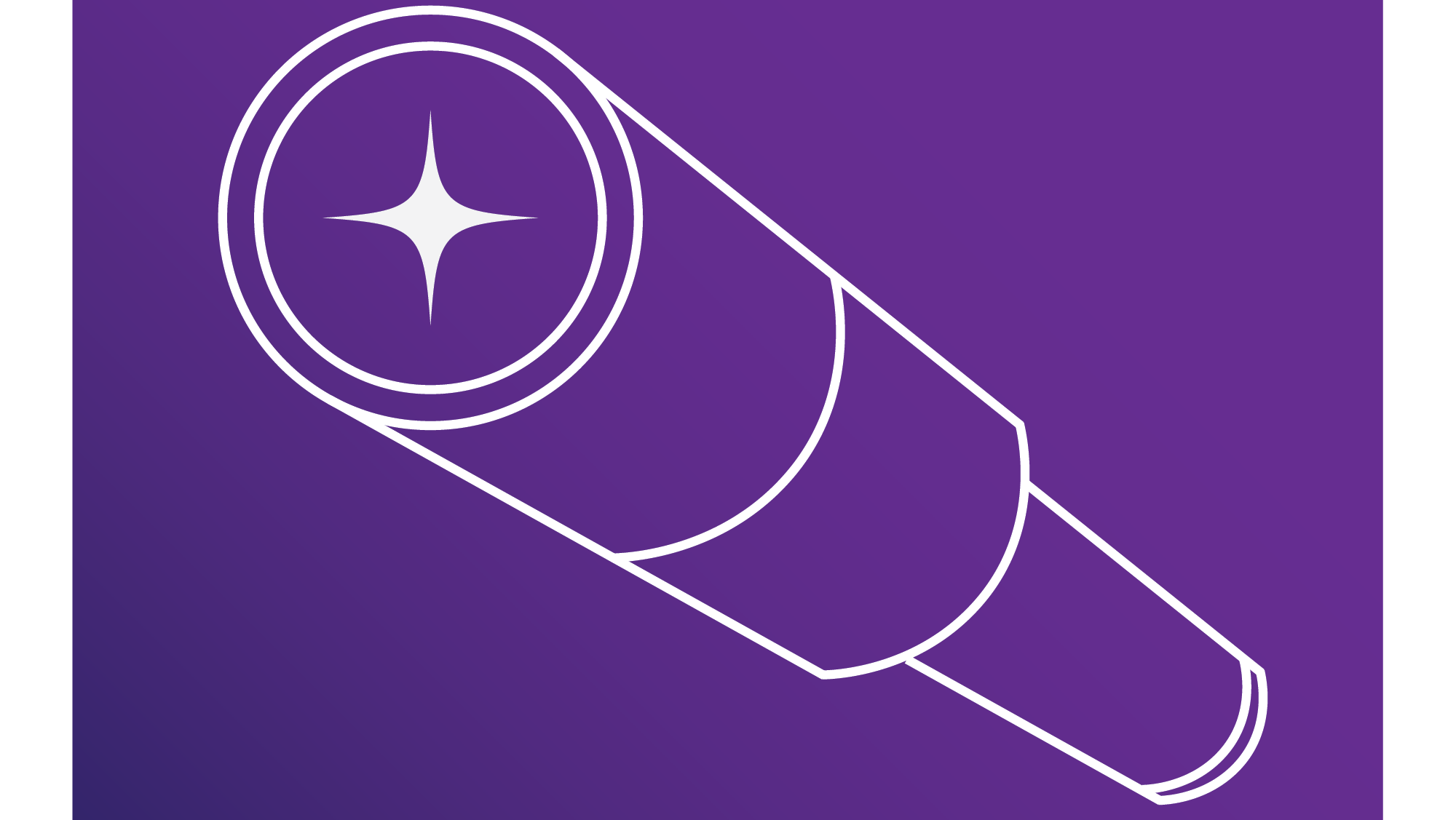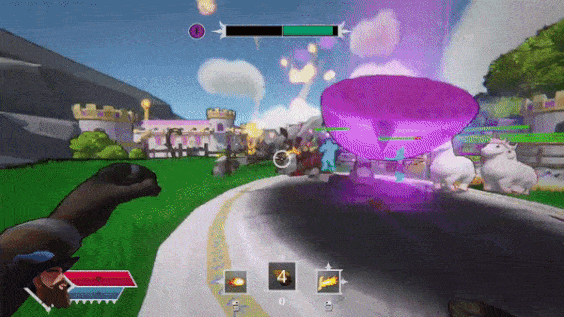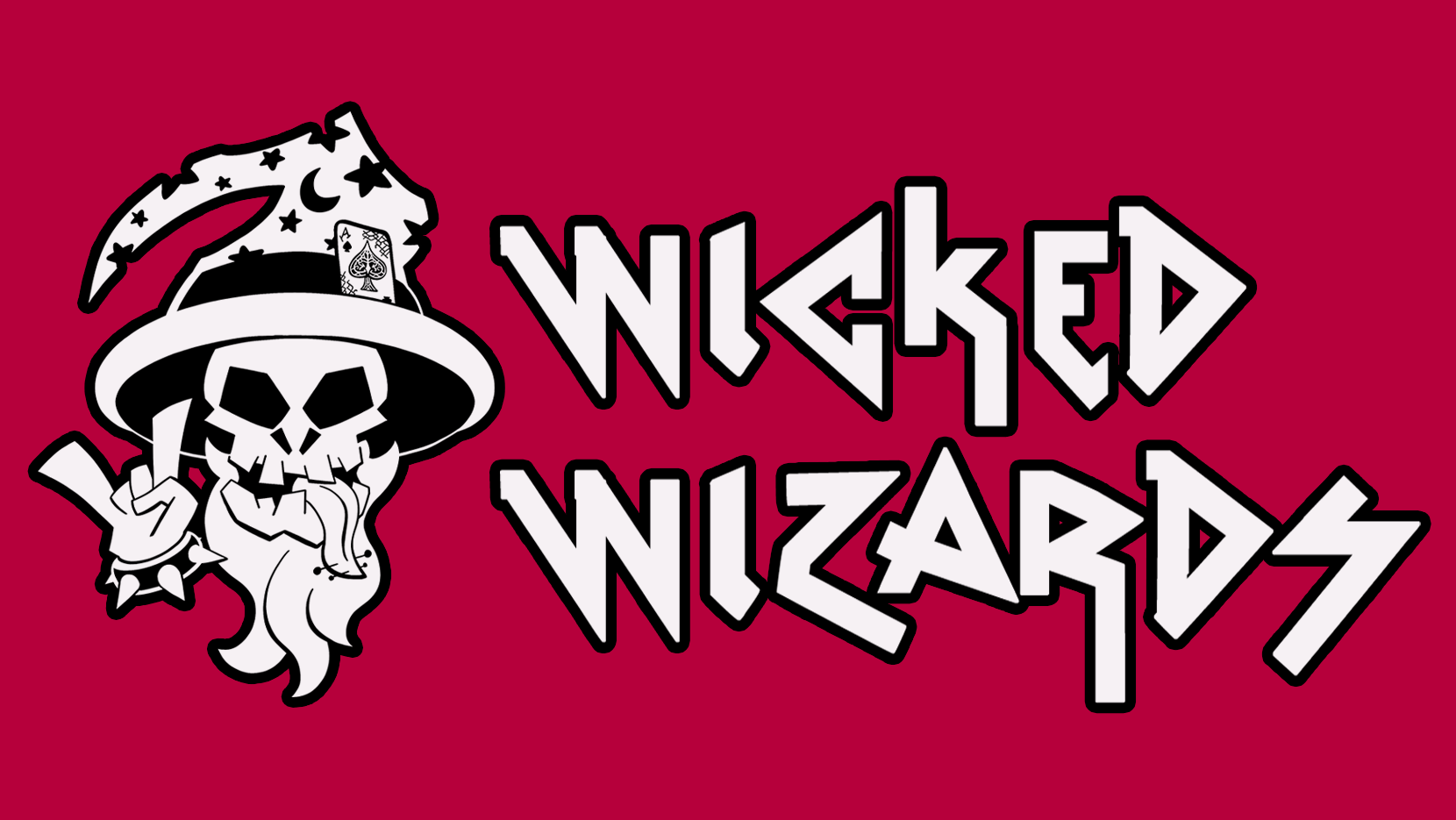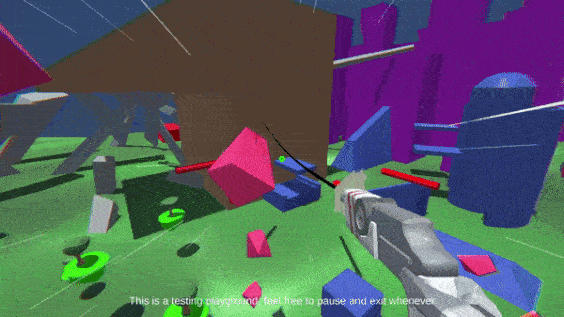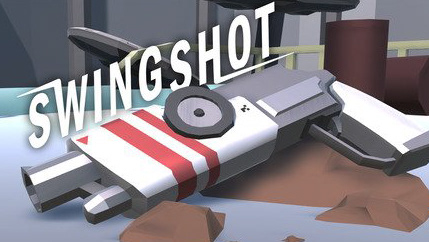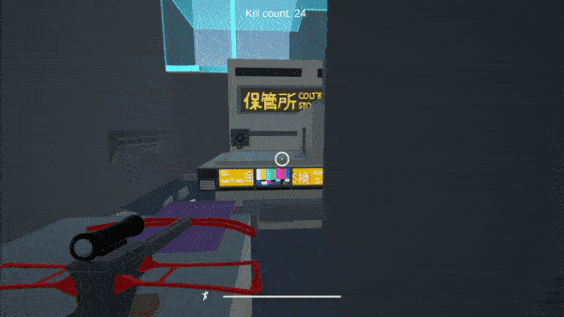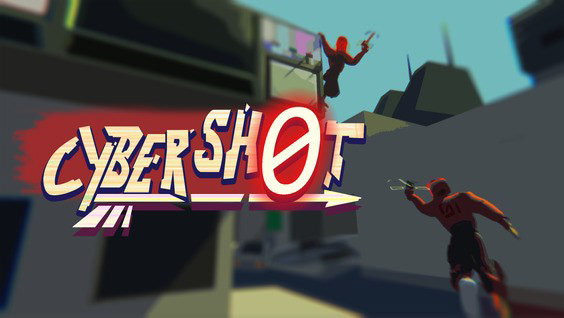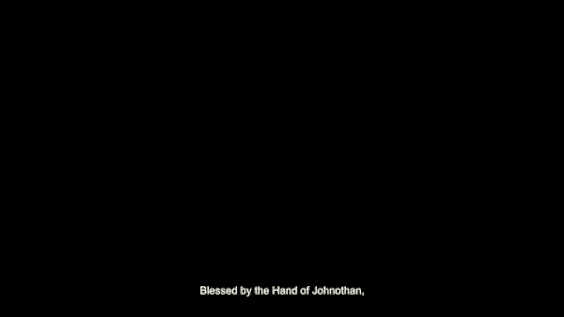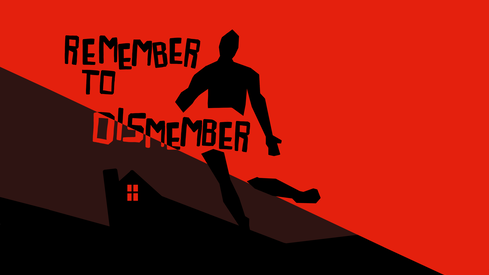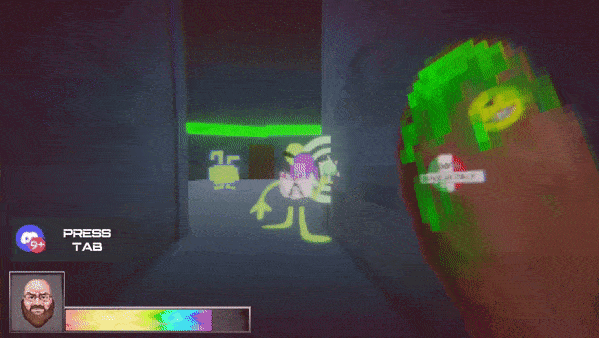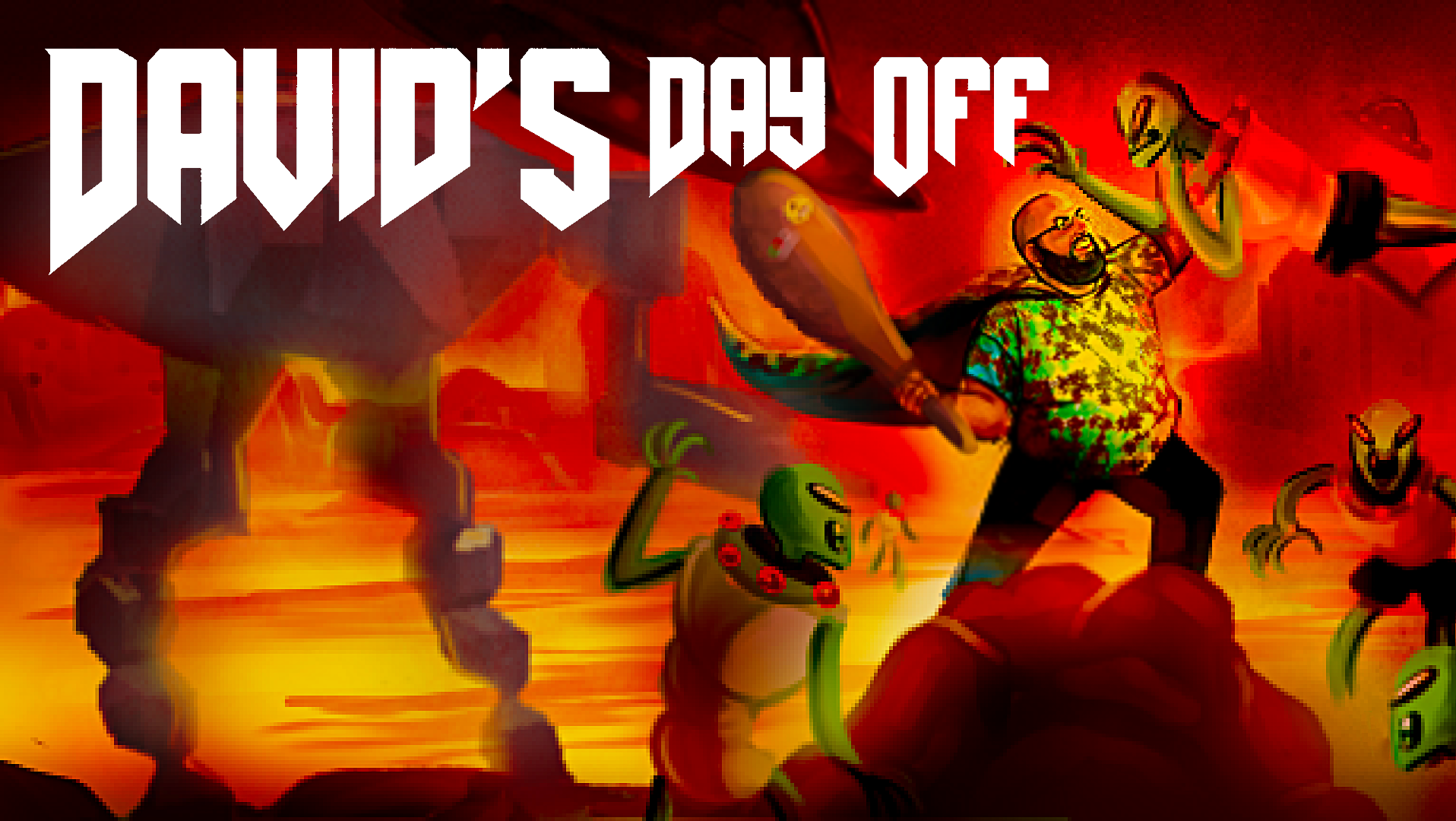All of these trainings and assessments were developed by me. Note that for all of the trainings I have a video showing my movements to the side. This is not actually a part of those trainings and is only to help you understand what the user is doing. These were all developed using Kinect technologies and use sensors to detect user movements. Below are the 8 trainings and 1 clinical assessment I have developed.
Upper Body ROM Assessment
This clinical assessment measures the range of motion for the users arms. This is typically a long slow process with physical measuring devices that users can now perform with a camera. I also designed the new look for the assessments which is significantly different than previous versions (look under the my contributions for more info on older assessments).
Unicycler
A single player game where users must make controlled slow movements to balance the unicyclist. The longer they keep their arms in the zones the more points they earn.
HEC Rework
This training was a rework of an older version of Hand Eye Coordination (for more information on the older version look under the contributions section). In it the user moves their hands to hit balloons on the screen with a focus on speed and accuracy. Gameplay starts at 1:28
Simon Says Rework
This training was a rework of an older version of Simon Says (for more information on the older version look under the contributions section). In it the user moves their hands and legs to mimic the movements of Simon. Gameplay start at 1:02
Gravity Golf
A single-player game developed to help patients maintain their limits of stability. It involves leaning in all directions and holding them to move the ball through mazes. Users can pick up coins along the way which helps clinicians identify how well the user could control their movements.
Cannon Blast
A single-player and multiplayer game developed to help users roll forwards and backward in their wheelchair (single player is at 1:10). The game involves dodging cannon fire from enemy ships and firing back at the other player in a pirate themed battle.
Mole Roller
A single-player game developed to help users turn with their wheelchair. This game involves multiple modes to focus on forward turning, backward turning, or both. Having moles pop-up in any direction also assists the user with learning how path find with their wheel chair.
Apple Frenzy
A single-player game developed to help users perform lateral stepping motions. It involves moving a basket to catch good apples and to avoid catching bad apples. The game also has extra movement modes for leaning and for rotating their upper torso while holding up their arms (the video cuts between these modes).
Red Light Green Light
A single-player game developed to help users walk in place and to also stop suddenly. It involves stepping in place until they get a red light. Red lights indicate to the user that they should abruptly stop moving.
My Contributions
Made 8 release production ready games and 1 clinical assessment
Over the course of my internship and full-time salaried work, I have developed 8 games and 1 clinical assessment that were all fully released to our 1000+ clients. Each of these games I took from pitch, to designing, to prototyping, to production, and lastly through post-production polish. I am the solo game designer and programmer on all of these projects, but I coordinate with the rest of the programming team to ensure stability with the whole application. These projects have significantly improved customer satisfaction in the product by 25% and have increased our total usage for training games by 30%. Testimonials from clients include:
"I love the new training games because they support all of my patients. I no longer have to worry about some patients being able to perform them because we have been provided with difficult settings"
"Patients are really excited to come back to the office because of the games. The first thing we always here from them is, "Can I play one of the new games today?" The games get them in the door and help us keep them engaged while we perform our other assessments."
Improved the quality bar of the VSTBalance product
When I started working from VirtuSense, there were some trainings and assessments that either visually or functionally were not up to the standards that we wanted. Here are some of the original trainings versus the new trainings that I have developed.
Old Trainings and Assessments
New Projects I Developed
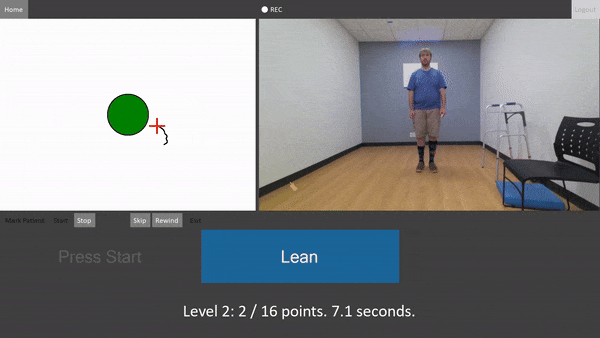
LOS (Old limits of Stability)
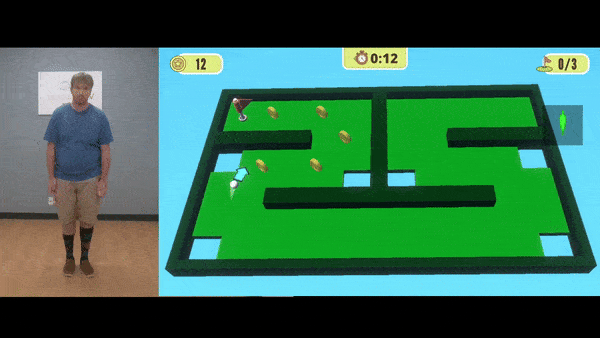
Gravity Golf
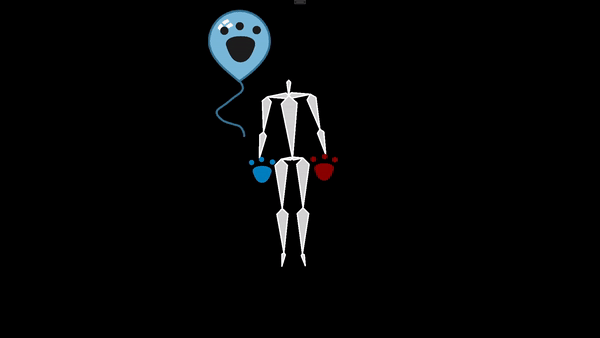
Old HEC
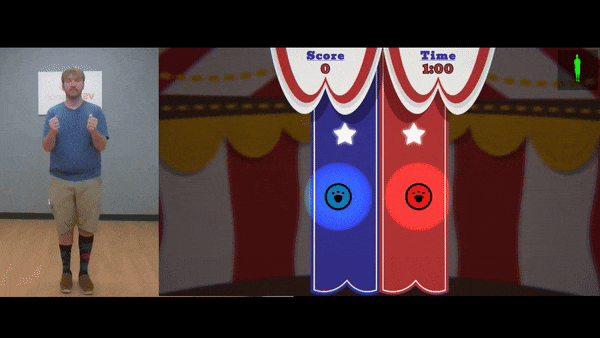
New HEC
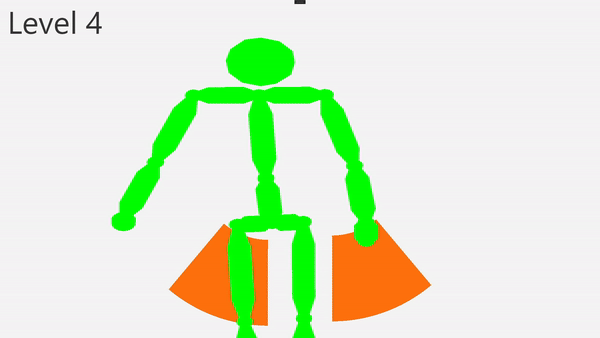
Old ROM Assessment
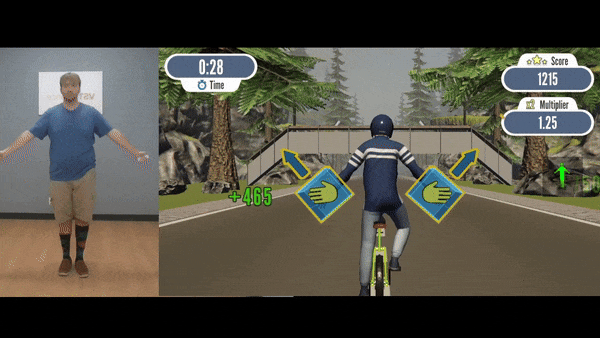
Unicycler
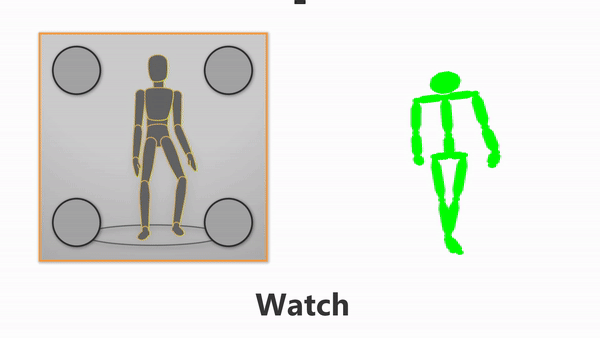
Old Simon Says
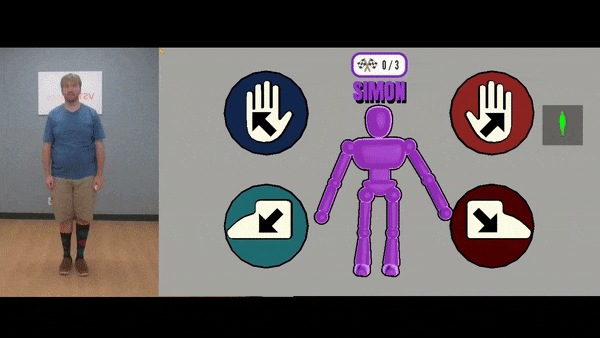
Simon Says
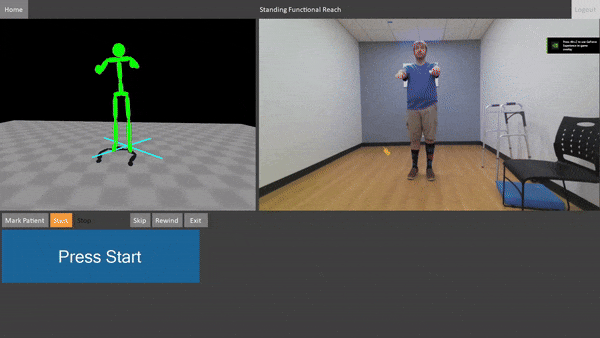
Old Assessment Style
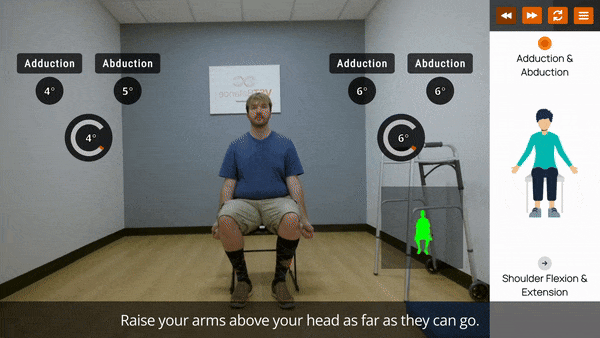
New Assessment Style
Designed gameplay elements for desired exercises
Clinicians came to me with exercises they wanted to have their patients perform and I took those and turned them into games. This involved me coming up with game concepts that were right for both a user's physical and mental capabilities. I have a few principals I have held that guide my design making decisions.
Main Design Principals:
- Ensuring settings that support a range of patients who may vary in cognitive ability, physical ability, and in endurance.
- Simplicity over breadth of content and complexity. Our patients are primarily over the age of 60 and do not have a lot of experience with games. They also may have mental impairments that may limit the complexity that they can understand. This is why I often limit my trainings to 1 activity at any given time.
- Creating safe and proper exercises that will actively help the patient improve. I work with clinicians every day to ensure that the movements performed in my training will be safe and will help our patients improve.
- Inclusivity for those who have impairments such as being color blind, being hard of hearing, and vision loss. To this end I always test my training with color blindness visualizers, try them without sound and ensure that objects are large for those who can not see well.
Implemented all game functionality and data tracking
I was the sole programmer on these projects and implemented all of the core features such as settings, gameplay, and visuals. Another important feature I created was data tracking to give clinicians data about how there patients are performing. This includes performance in gameplay (score, time, etc.) and movement such as meters traveled. These are to help assist clinicians in determining when a patient is ready to try a harder difficulty and to make the games show objective progress over time.
Developed a project template to streamline creation
After working on my first 2 projects Apple Frenzy and Red Light Green Light, I realized that a lot of the game features could be universal between projects. To this end I set out to make a template for projects that includes example movement scripts, settings, game modes, data tracking, tutorials, and more. This sped up dev time from 3 months to as little as 1 month for new games. It also helps give a more consistent and polished look between training games which will assist users in navigating them.
Other features/tasks performed
Post-Live improvements - I have developed improvements, new support features, and general bug fixes with C# to reduce new incoming support tickets by 20+%
Sound design - the games utilize sound stripe's library. I added audio effects to them and handled the mixing
Tutorial creation - I wrote scripts for all of the in-game tutorial and directed our photographer in making videos
User testing - I coordinated in-house testing to get productive feedback from clinicians and other users
Settings Design - I design all of the settings for each training which is usually 3-4 settings per training
